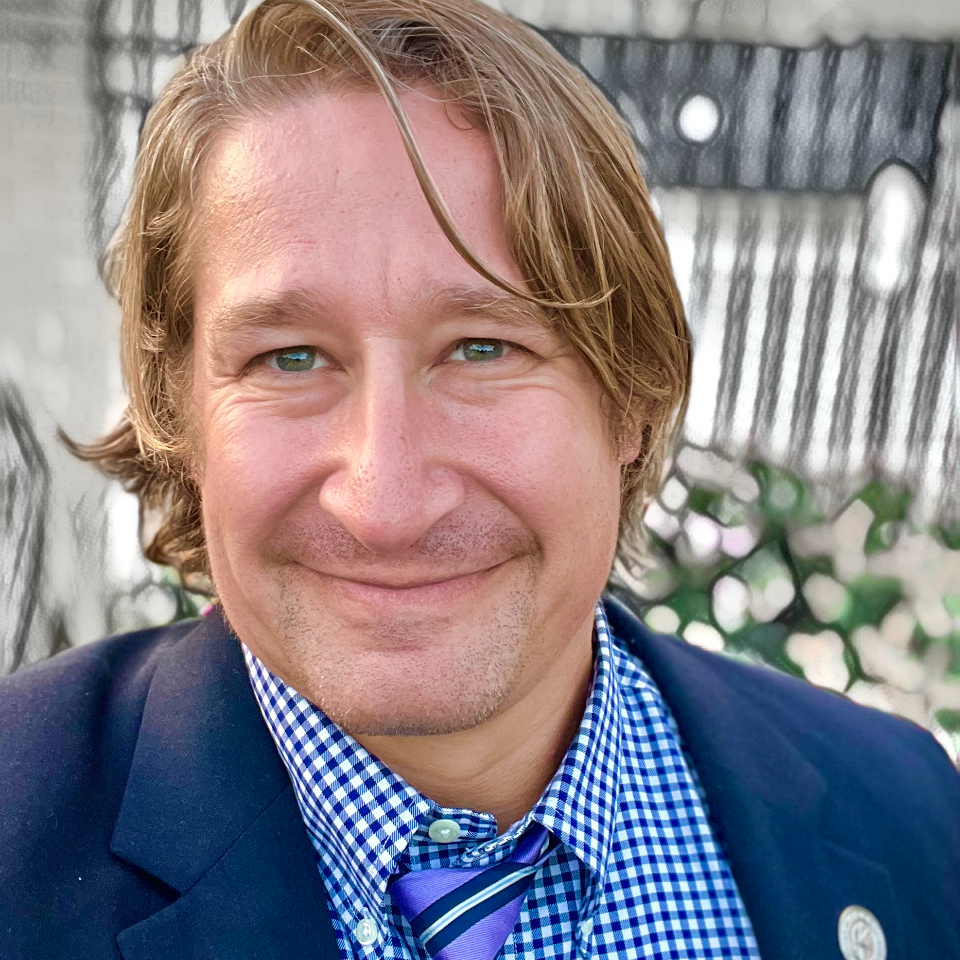In Naval Warfare and Maritime Conflict in the Late Bronze and Early Iron Age Mediterranean, Jeffrey P. Emanuel examines the evidence for maritime violence in the Mediterranean region during both the Late Bronze Age and the tumultuous transition to the Early Iron Age in the years surrounding the turn of the 12th century BCE.
There has traditionally been little differentiation between the methods of armed conflict engaged in during the Late Bronze and Early Iron Ages, on both the coasts and the open seas, while polities have been alternately characterized as legitimate martial actors and as state sponsors of piracy. By utilizing material, documentary, and iconographic evidence and delineating between the many forms of armed conflict, Emanuel provides an up-to-date assessment not only of the nature and frequency of warfare, raiding, piracy, and other forms of maritime conflict in the Late Bronze Age and Late Bronze-Early Iron Age transition, but also of the extent to which modern views about this activity remain the product of inference and speculation.
Emanuel, Jeffrey P. 2020. Naval Warfare and Maritime Conflict in the Late Bronze and Early Iron Age Mediterranean (monograph). Ancient Warfare Series, Volume 2; Culture and History of the Ancient Near East, Volume: 117. Leiden: Brill.
Review Excerpt
All in all, the author has presented a truly profound study that examines the source material in an almost encyclopedic manner and interprets it lucidly with the question of the role and consequences of maritime conflicts. ...[E]ven what is known gains new nuances and aspects that are of interest not only to Bronze Age specialists through its confident classification in power-political contexts, the cross-epoch overview and the always carefully considered discussion of research.
– R. J. Schulz, Ancient West & East 22 (2023), 353




















